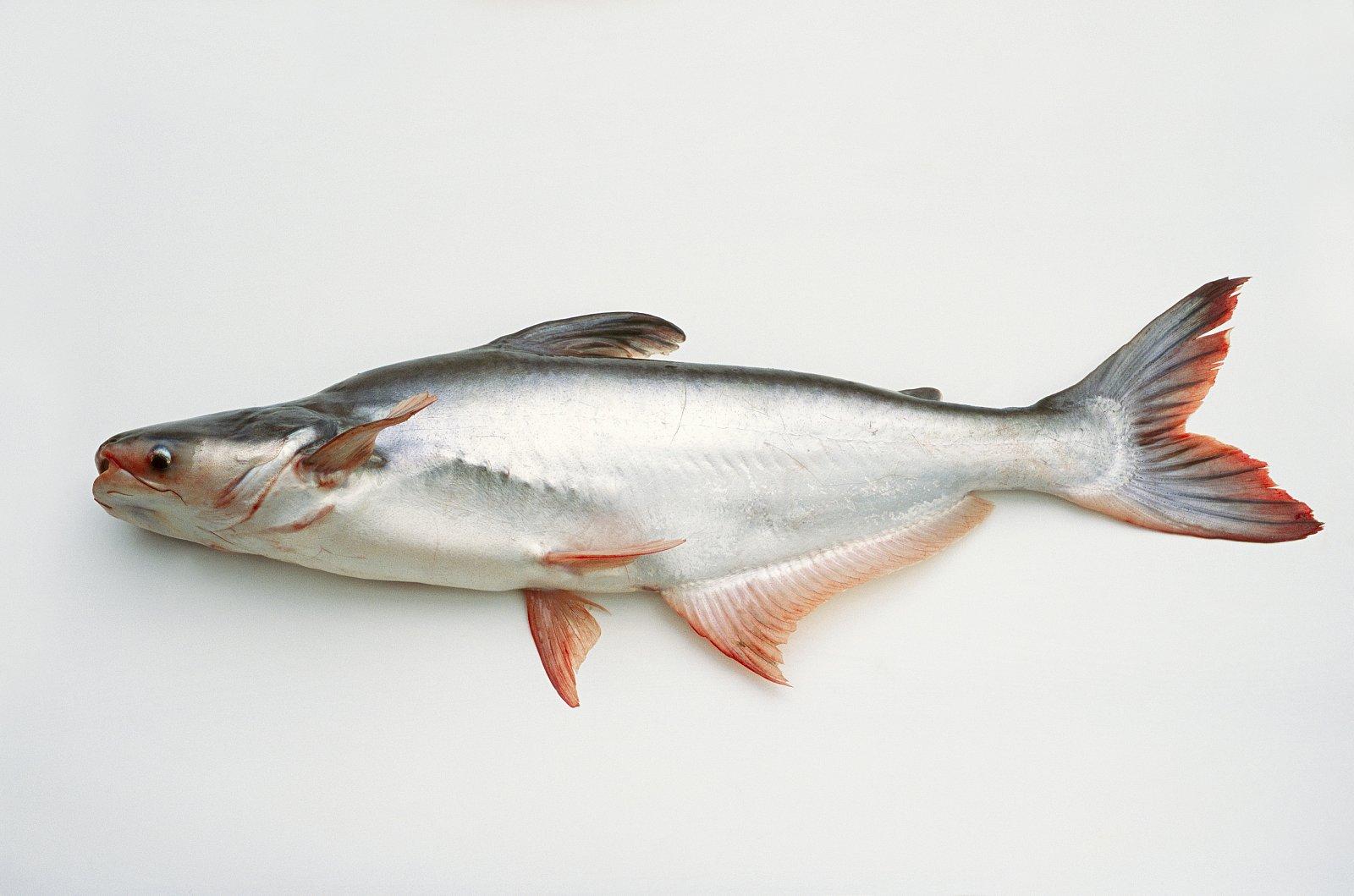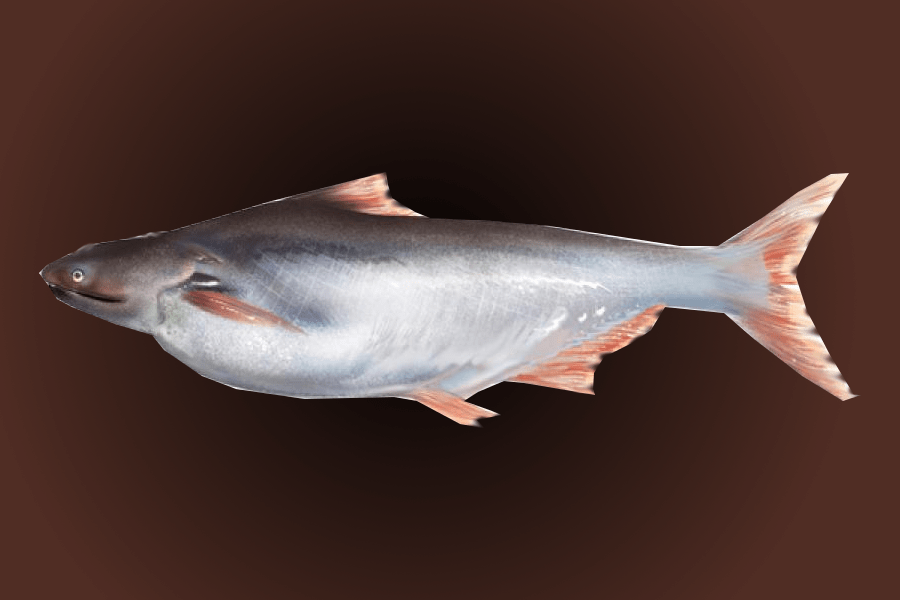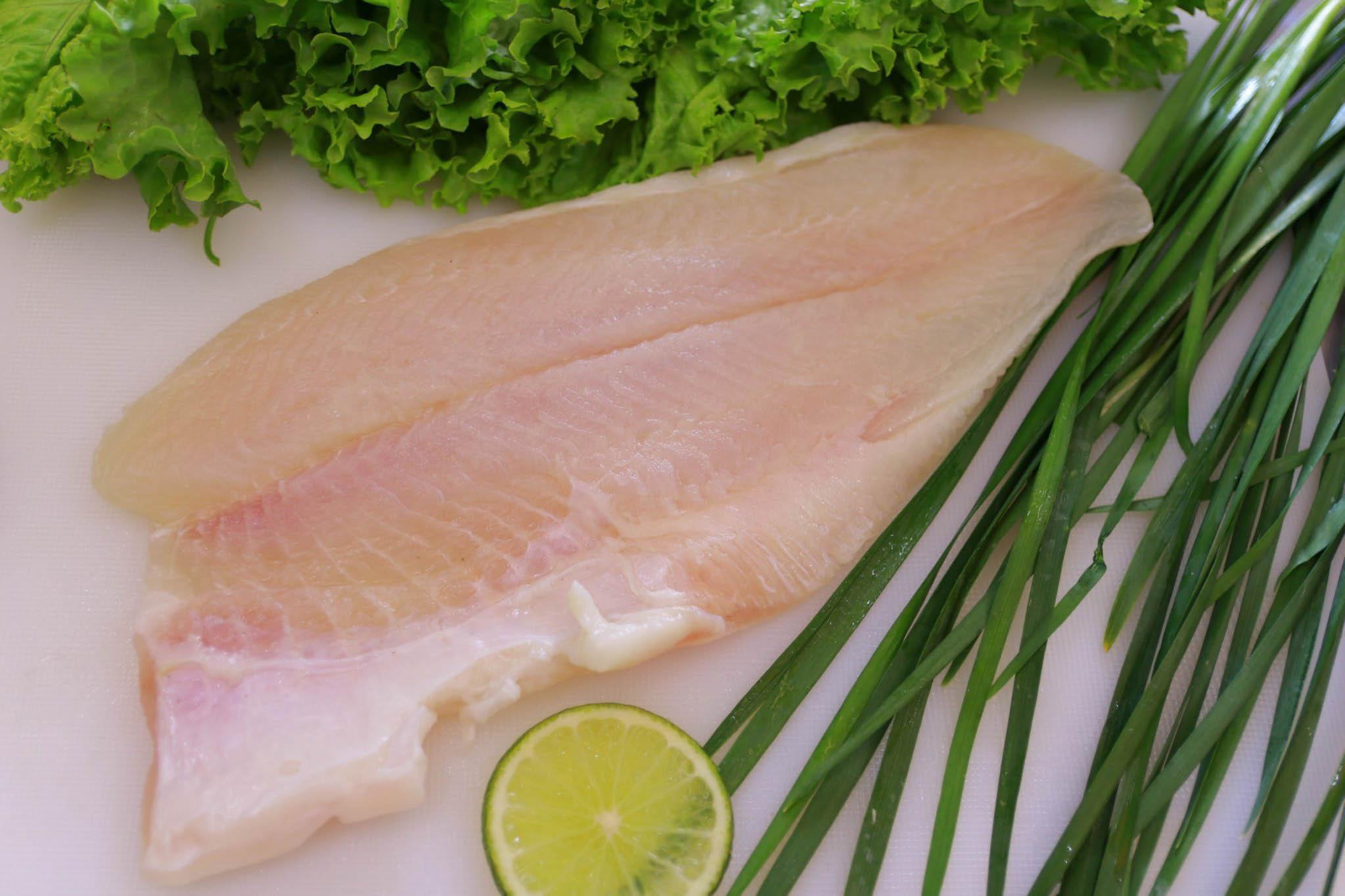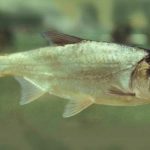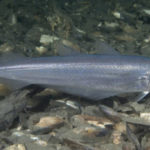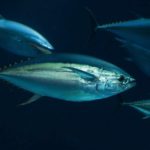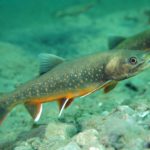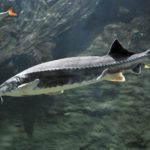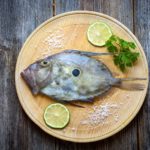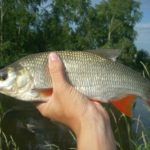Pangasius is called one of the most popular species of aquatic inhabitants, but few consumers know what kind of fish it is and why it is remarkable. It is a freshwater fish that originates from the Mekong and Chao Phray rivers in Southeast Asia. Due to its rapid growth and relatively low cost, pangasius has become a popular choice for frozen and fresh fish production in various regions of the world.
What kind of fish is this
Pangasius is a species of ray-finned fish belonging to the Pangasian catfish family that has been farmed and consumed in Vietnam for two millennia. This particular type of fish has become highly profitable due to its wide availability and large population. Pangasius is bred in special aquariums, and on store shelves it is mainly presented in the form of fillets.
Pangasius has black or dark gray fins with six branched dorsal ray fins. Young individuals have a black stripe along the lateral line along with another similar stripe below it, while older and larger individuals have only one solid color. The average size of this species is 125-135 cm and 42-45 kg (with a maximum recorded weight of 300 kg).
As a result, tests carried out by sanitary services revealed an increased concentration of anaerobic and aerobic microorganisms, as well as E. coli bacteria in pangasius fillets. These issues have been widely discussed recently due to the fact that this species is exported to more than 140 countries around the world - including Russia and several countries in Southeast Asia and Europe.
The nutritional value
100 grams of pangasius fish fillet contains about 90 calories, 13 g of protein, 3 g of fat and 0 g of carbohydrates. It is widely believed that captive-bred fish meat is not as healthy for humans.
Although pangasius is a freshwater fish, like trout, trout fillets contain more protein and Omega-3 fatty acids when it comes to specific nutrients.
Beneficial features
If pangasius, or sole, is raised in an uncontaminated environment, on quality feed, and then the correct procedures for cutting, processing, packaging and transporting the fillets are followed, then its positive health effects cannot be denied.
100 grams of fillet contains:
- Calcium – 7 mg.
- Iron – 0.5 mg.
- Magnesium – 20 mg.
- Phosphorus – 170 mg.
- Potassium – 270 mg.
- Sodium – 50 mg.
- Zinc – 0.6 mg.
- Copper – 0.1 mg.
- Manganese – 0.1 mg.
- Selenium – 27 mcg.
- Vitamin A – 16 mcg.
- Vitamin E – 0.7 mg.
- Vitamin D – 4.4 mcg.
- Vitamin B1 (thymine) – 0.1 mg.
- Vitamin B2 (riboflavin) – 0.15 mg.
- Vitamin B3 (niacin) – 5.5 mg.
- Vitamin B5 (pantothenic acid) – 0.6 mg.
- Vitamin B6 (pyridoxine) – 0.3 mg.
- Vitamin B9 (folate) – 9 mcg.
- Vitamin B12 (cobalamin) – 1.5 mcg.
Does fish heal?
For more than a century and a half, Asians have been eating this fish due to its high protein content, which is easier for the body to digest and process than animal proteins. Pangasius is rich in microelements that help improve heart and vascular health while fighting possible heart disease. Calcium helps strengthen bones, joints and the musculoskeletal system.
In addition, the fatty acids present in this fish increase the elasticity of blood vessels, which serves as an effective prevention of osteoporosis and atherosclerosis. The minerals contained in pangasius can normalize brain function, while improving memory retention. Vitamins help improve skin condition, minerals normalize blood pressure, and organic acids enhance vision while preventing brittle nails and even severe hair loss.Antioxidants bind free radicals, preventing premature aging of tissues or cells.
According to nutritionists, regular consumption of this type of fish helps people better cope with stress levels, improves sleep quality and reduces chronic fatigue. Fatty acids and amino acids present in pangasius fillet help normalize digestion, remove toxins from the body and speed up metabolism. This low-calorie product also promotes weight loss and can be included in diet plans. Due to its easily digestible high protein content, it is extremely popular among athletes or those involved in intense physical activity.
Why is pangasius dangerous?
Any risks associated with the consumption of this marine life are general warnings for the consumption of all fish products. Any negative consequences resulting from eating pangasius only occur if it was grown in unsuitable conditions without following safety measures, or if chemicals and low-grade feed were used. Fish that meets the required standards and has the appropriate certification will not cause any harm, except in cases of seafood intolerance in humans.
Tips for beginners
The most environmentally friendly and safe products from this type of fish are steak and carcass, but they are sometimes difficult to find.The most commonly offered fillet is pangasius, which comes in a variety of colors (white, red, yellow or orange) with varying fat contents.
How to choose
White or pink fillet without fat is the best option in terms of health benefits; red fillets indicate a lack of oxygen in the water during growth, while yellow hues indicate that the fish's diet was deficient in nutrients during its life.
Storage recommendations
Freshly caught fish should be cooked within 4 hours. However, pangasius can be stored in both the refrigerator and freezer.
How to cook
The potential for using pangasius in cooking is almost limitless, the only limit is the creativity of the cook. This fish is often steamed, boiled, fried, marinated and stewed. It is also good to salt it.
Of all the ways to prepare it, pangasius nuggets are the most popular dish. In catering establishments you can find cutlets, various soups and other types of fish dishes based on pangasius. This Vietnamese fish is in perfect harmony with vegetables and fruits, goes well with sour sauces and has a slight odor. In addition, its tender meat has almost no bones at all.

